Study site information Uganda
Study area Uganda:
- Uganda has currently 134 Districts which are grouped into 15 sub-regions
- Uganda has also 12 cities
- Study region is in the Sub-region: Busoga in East Uganda. Sampling took place in four Districts: Iganga, Jinja, Kamuli, and Namutumba
- in Busoga people are mainly living in rural areas (ca. 86%), in total ca. 10% of Ugandan population lives in Busoga.
Population in Uganda and SSA:
- Population of Uganda 45.1 Mio in 2021 (estimated 47.9 Mio in 2023 until it reaches 50.6 Mio people in 2025).
- Sub-Saharan Africa (SSA) contained about 1.12 billion people in 2021 and is expected to reach 1.18 billion by 2023. The population of SSA is projected to reach 1.24 billion by 2025 and then exceed 2 billion by 2050
Main Crops in Uganda:
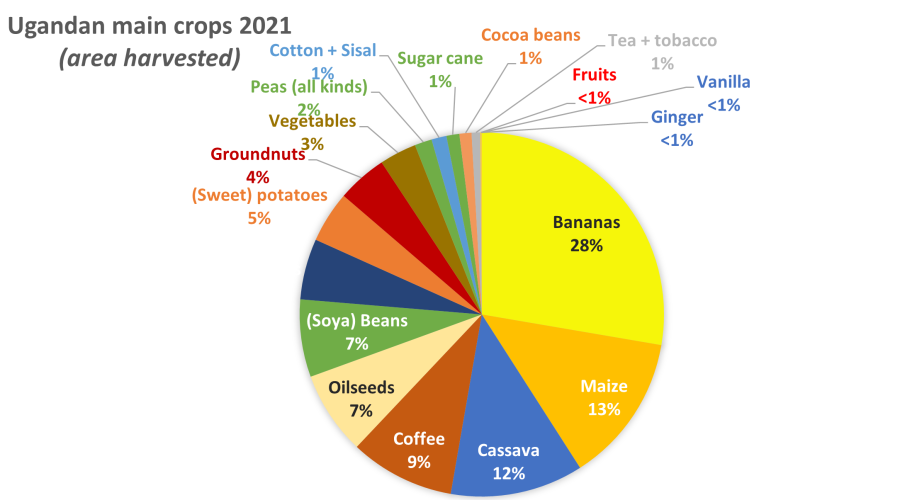
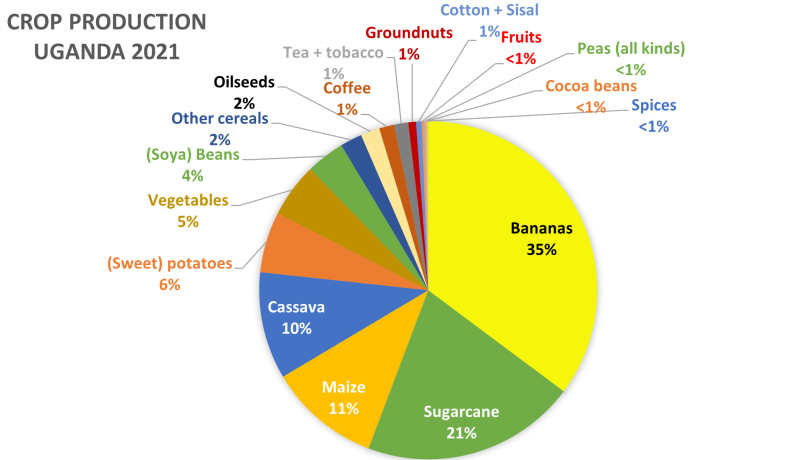
Source: “FAO.faostat. License: CC BY-NC-SA 3.0 IGO. Extracted from: https://www.fao.org/faostat/en/#data/QCL. Date of Access: 02-10-2023.”
Farming in Uganda:
- The working population in Uganda has mainly jobs in the agricultural sector (68.1%), therefore in agriculture forestry and fishing
- In Uganda the amount of smallholder households is 87% (and in the study area (Busoga) with 92% even a bit higher (UBOS 2023).
- Cropping system Uganda: 2020: mixed crops: 37.4%, monocrop: 62.6%
- Cropping system Busoga: 2020: mixed crops: 38.2%, monocrop: 61.8%
- Plots managed by sex:
- Uganda: Male (56.6%) Female (43.4%)
- Busoga: Male (45.1%) Female (54.9%)
- Average field sizes per household: 0.8 ha
- Land area of Uganda is 20 mio ha, from which 72% (14,4 mio ha) is used for agriculture, 11.4% forest, 16.6% other land
- From the agricultural land only 0.5 mio ha (3.51%) is under organic agriculture
- Households cultivating major crops: 55% of households cultivated maize in 2020
Overview biophysical and meteorological aspects:
- Eastern lowland agro-ecological zone dominated by maize, rice and bean monocultures in smallholder farms.
- Cropland-dominated mosaic with vegetation
- 1402 mm mean annual precipitation
- 2 growth seasons in 96% of the area
- 1095 m asl
- Low soil fertility in 30% of the area
Constraints: low yields due to limited access to inputs and limited technical knowledge of efficient agronomic practices; inappropriate post-harvest handling and storage, resulting in ~30% losses and poor quality; soil fertility degradation due to poor farming practices (e.g. no crop rotation; inefficient use of inorganic fertilizers); soil fertility status is highly correlated with Striga infestations; Striga weeds in maize, rice and sorghum including high labor cost of weeding
Farmer key challenges:
- Smallholder farmers mainly focuse on foodcrops for own family (food banana, maize, beans, and cassava)
- Limited area does not allow them to plant cash crops (like coffee or tea) or to have much livestock
- Subsistence basis with no access to training or modern solutions!
- Low support from e.g., agricultural extension services (only 55.5% of households receive this for crop production)
- Limited Access to Quality Inputs as high-quality seeds, fertilizers, and pesticides
- Damage from droughts and floodings or Irregularities in precipitation during the growing season
- land fragmentation
- limited market access, especially for women and inequality for female farmers
- FAW spreading rapidly mainly on maize and sorghum and causes huge damages!
- Weeds like Striga weed (striga hermonthica) can cause a yield loss of up to 100%
- Post harvest losses due to storage problems
Push-Pull introduction:
- in Uganda 2001, but with low adoption rates in the beginning
- In 2005 159 farmers were testing PPT in 5 different districts
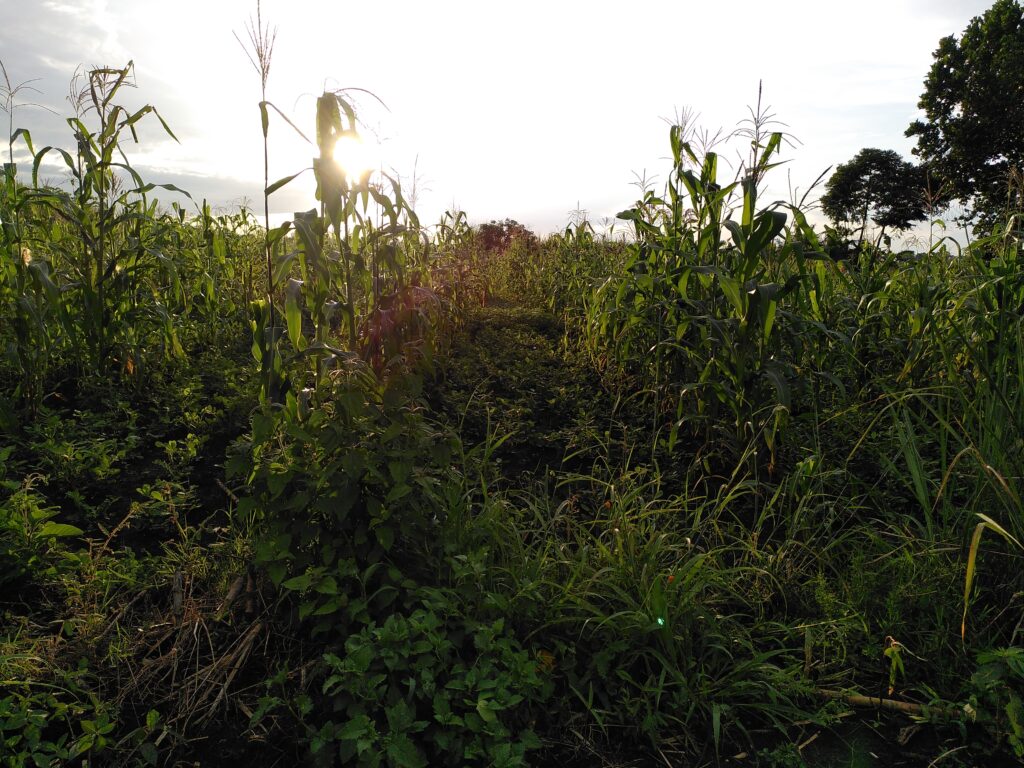
A common maize field in Uganda, maize intercropped with groundnuts.
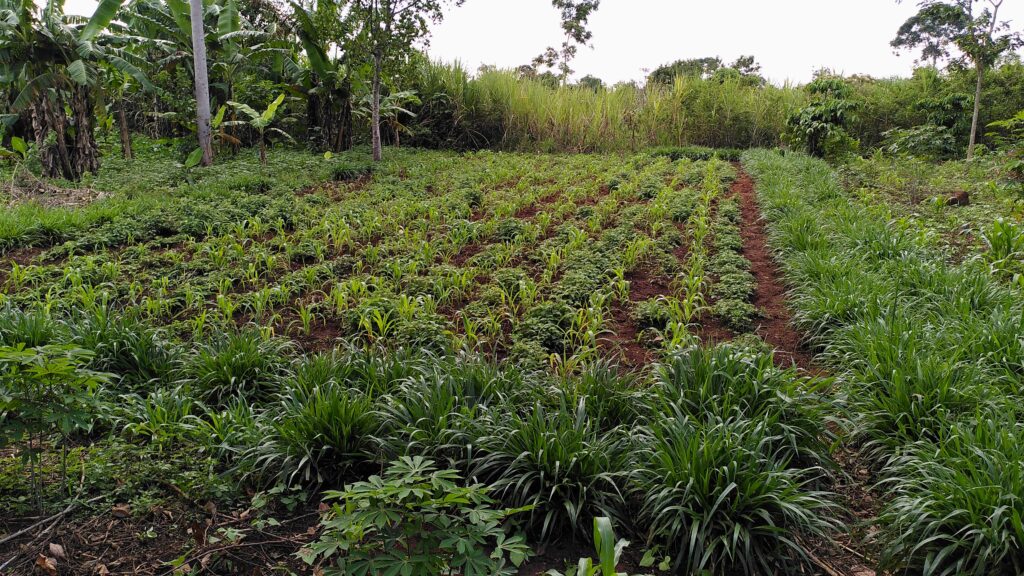
A young Push-pull field with well managed Desmodium growing between the maize rows.
Process during UPSCALE Project: (source WP8)
- 28 sites established (Kamuli, Iganga, Namutumba, Wakiso)
- PPT training for 1,396 people
- 203 new farmers adopted PPT (Target 25,000)

Main members of the fieldteam for conducting the fieldwork in Uganda (left to right: Céline Vilca, Dalton Kanyesigye, Moses Lutaakome, Adomas Liepa, David Meinhof, George Agudoa, Patrick Hadigo, Roger Tumwebaze).
PPT challenges:
- Early stages of a push-pull field need a lot of labor from farmers and willingness to learn it
- Planting Desmodium is laborious and can easily be confused with weeds
- High prices for Desmodium seeds
- Logistical problems between seed companies and smallholders
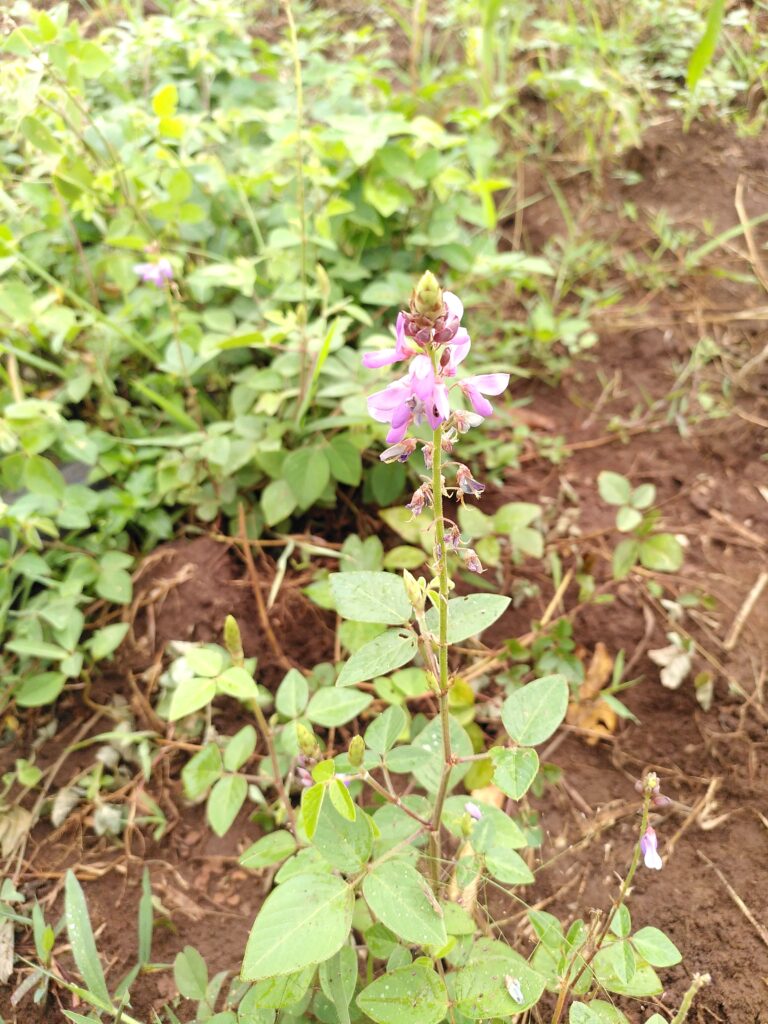
A Greenleaf Desmodium plant (Desmodium intortum) flowering in a Push-pull field (Flowering of Desmodium was rarely observed).
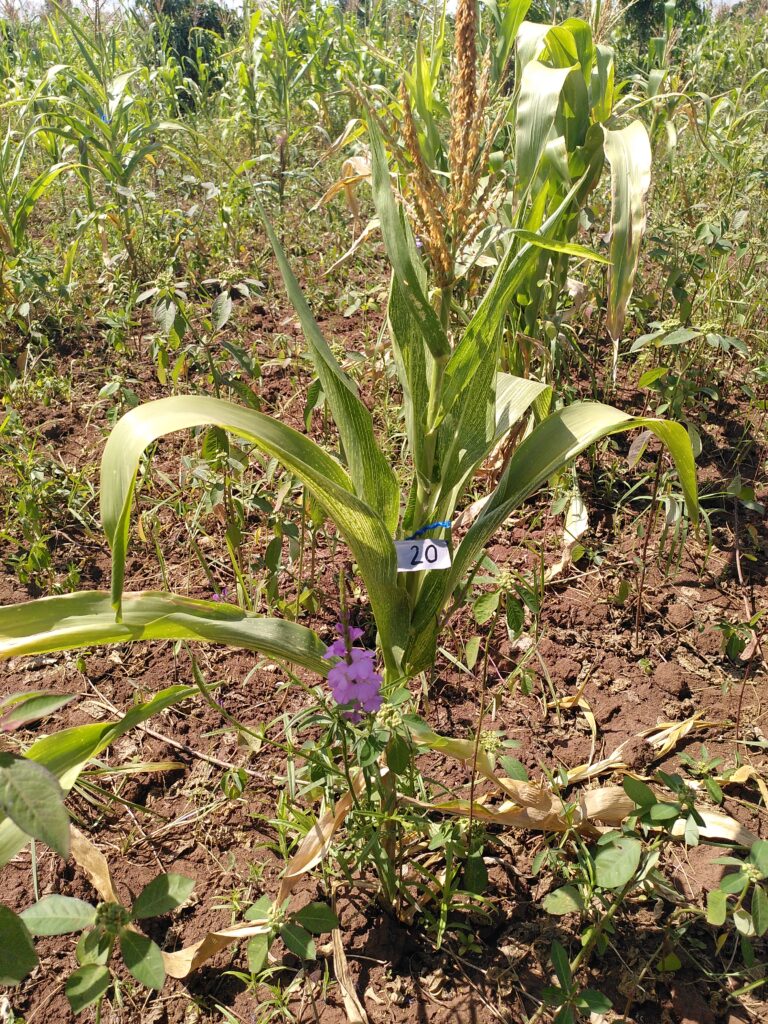
A striga plant (striga hermonthica) growing in a maize field, extracts nutrients from the maize plant and preventing it from growing.
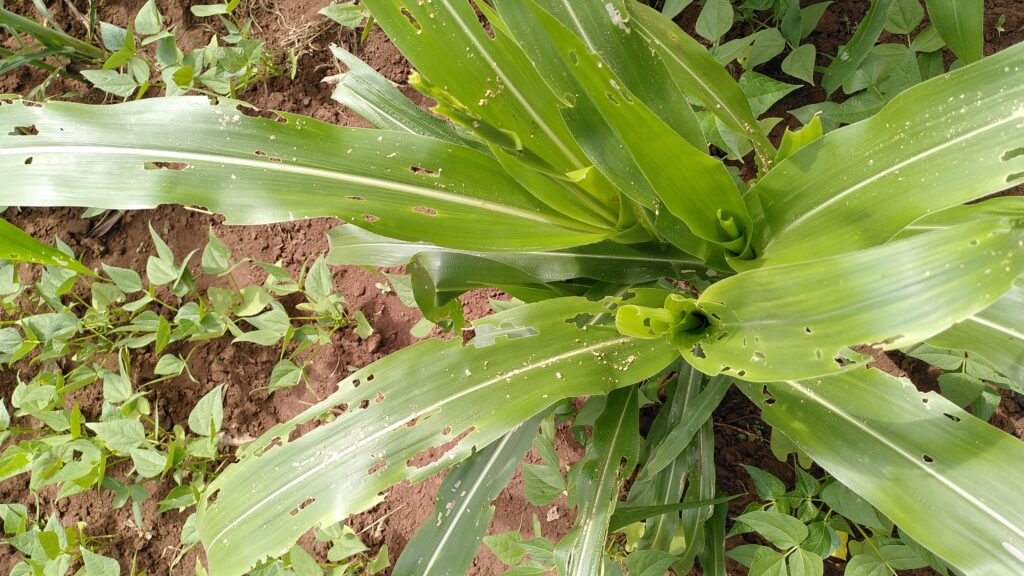
A maize plant damaged by the fall armyworm (Spodoptera frugiperda).
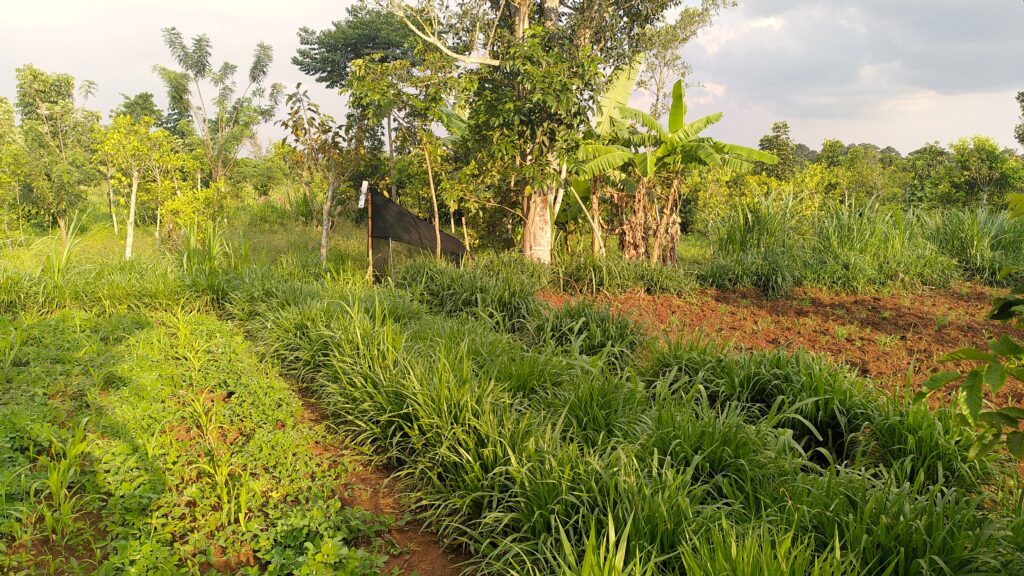
A malaise trap installed at a Push-pull field pair to catch flying insects for biodiversity estimation.
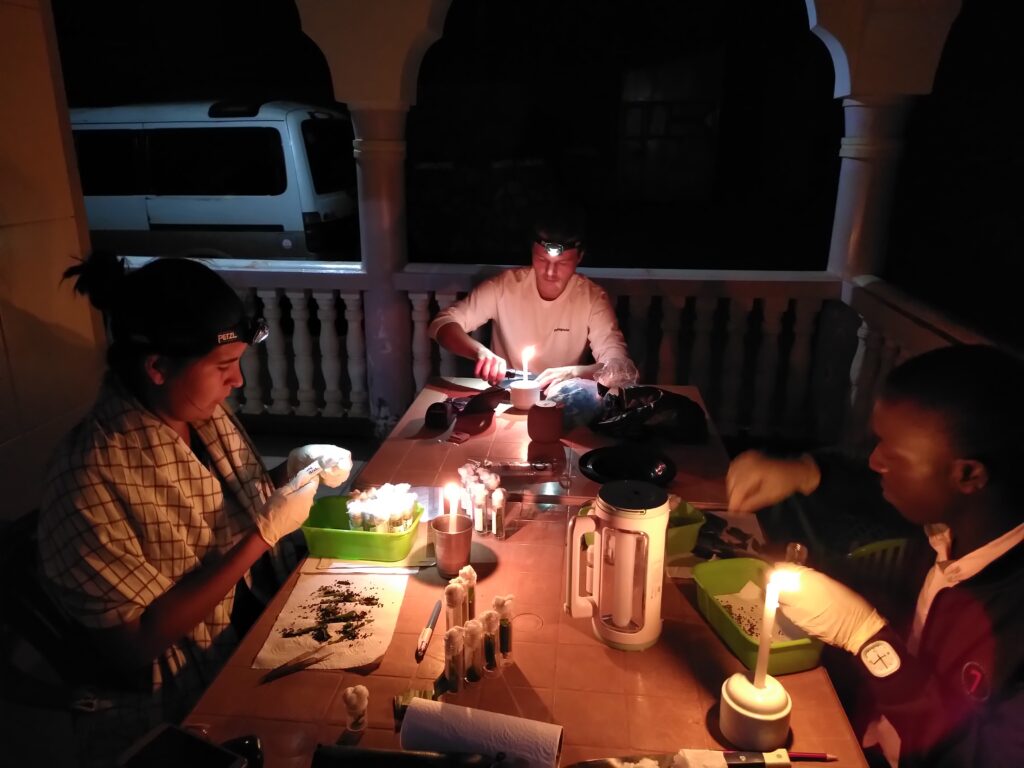
Members of the field team rearing the larvae from the fall armyworm (Spodoptera frugiperda) collected from Push-pull and Non-Push-pull fields to get information on parasitisation rates (left to right: Céline Vilca, David Meinhof, Roger Tumwebaze).
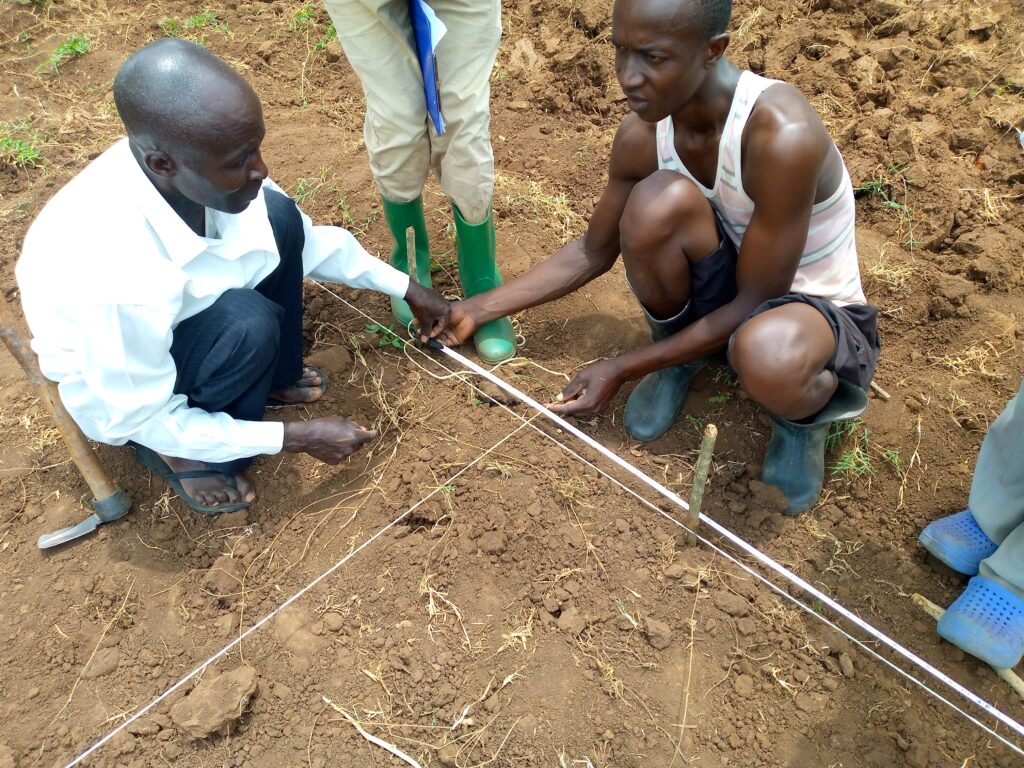
Members of the field team preparing the field for the planting season, marking the field for planting push-pull (left to right: Michael Maganda and Hassan Wasena)
STUDY REGION & PUSH-PULL SITES
SOIL MAP
Fertility Excellent |
|
Fertility Excellent (if slope > 2%) |
|
Fertility Good |
|
Fertility Marginal |
|
Fertility Poor |
|
Fertility N/A |
